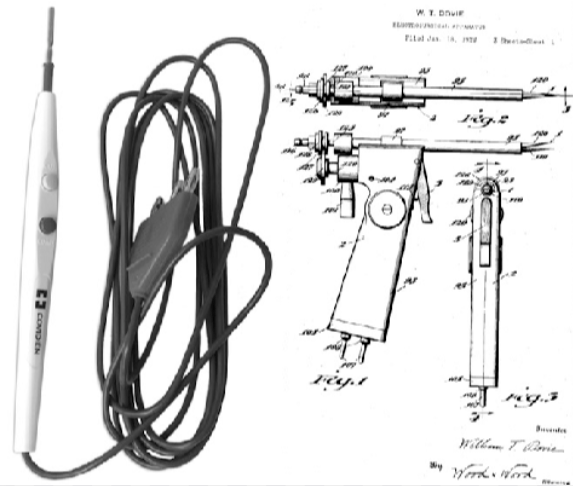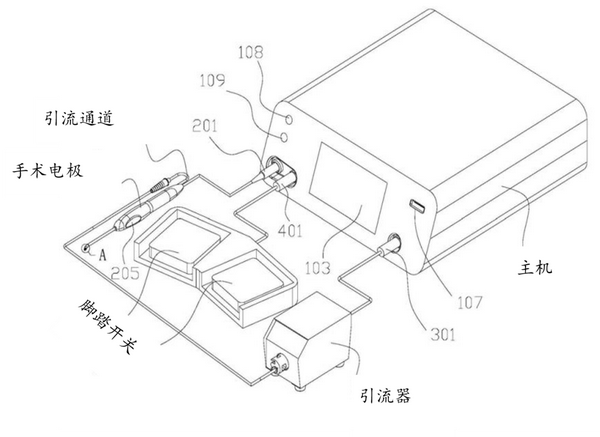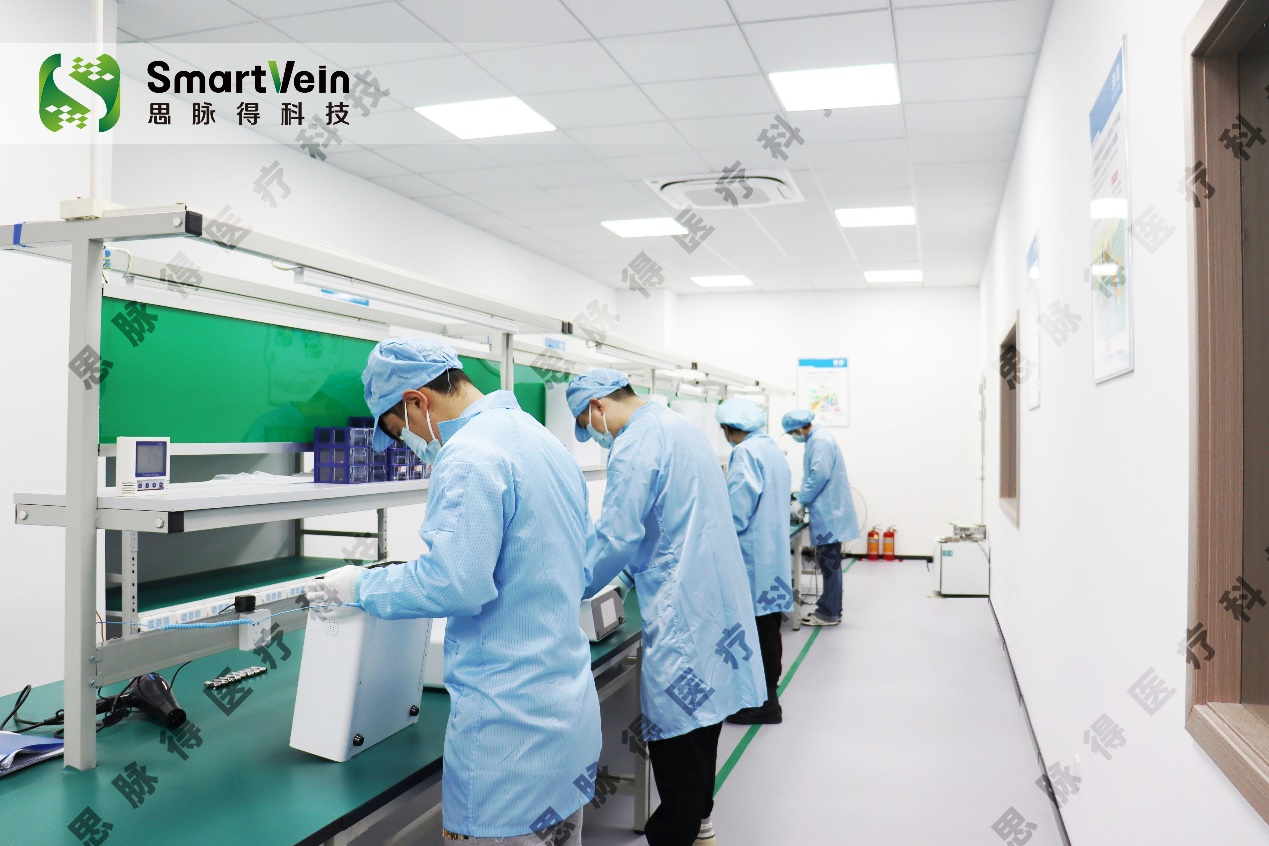In the rapid development of medical technology, an innovative technology called plasma surgery system is gradually emerging, bringing revolutionary changes to the field of surgery. With its unique low-temperature cutting and ablation effects, the plasma surgery system not only significantly improves surgical efficiency, but also provides patients with a safer and more comfortable treatment experience. This article will give you an in-depth understanding of the principles and characteristics of the plasma surgery system as well as its wide application in the medical field, and let you appreciate the charm of this cutting-edge technology.
The Development History of Plasma Knife
In 1926, American Harvey Cushing performed the world's first electrosurgery using an electrosurgery manufactured by William Bovie, officially announcing the arrival of the electrosurgery era.

In the 21st century, with the rapid development of medical technology, plasma radiofrequency treatment technology emerged as the times require and was quickly applied in clinical practice. In this technological wave, the low-temperature bipolar radiofrequency ablation treatment system, which we usually call low-temperature plasma knife, has quickly become a new star in the international medical field by virtue of its unique advantages.
The advent of the plasma knife was inspired by the principle of laser-induced plasma to cut and ablate transparent tissue. Different from traditional continuous voltage radio frequency technology, plasma knife uses pulse radio frequency technology. When the insulated cutter tip comes into contact with tissue, the radiofrequency electric field will cause the electrolyte solution in the tissue to vaporize and decompose, forming a thin plasma vapor layer at the tip of the cutter tip. This vapor layer contains free electrons, ions, neutral chemical groups and other neutral substances. They are accelerated under the action of the electric field, causing the molecular bonds of tissue cells to break and promoting cell disintegration, thereby achieving cutting and ablation. Therapeutic effect.
Basic Principles of Plasma Knife

The basic principle of plasma therapy technology is that it uses an ultra-low frequency stable electric field of 100kHz to excite electrolytes such as NaCl into low-temperature plasma. This process creates a thin layer of plasma in front of the electrode, with a thickness of approximately 100 μm.
Under a low-frequency stable electric field of 100kHz, every time a NaCl molecule is excited, a kinetic energy of 8 electron volts will be generated. This energy is enough to cause the molecular disintegration of target tissue cells, since only 4 electron volts are needed to break a peptide bond. At the same time, proteins and other tissues are cracked and vaporized into low molecular weight gases, such as H2, O2, CO2, N2 and methane.
Since the operating temperature of the entire process is relatively low, usually around 40~70°C, this technology is called low-temperature plasma radiofrequency ablation (Temperature-controlled Radio frequency, TCRF for short). This low-temperature cutting and ablation effect makes plasma treatment technology unique in the medical field.
Plasma Knife Surgical System Structural Composition
The plasma knife system is mainly composed of a host computer, a foot switch, surgical electrodes, and a surgical waste removal device. The host computer is responsible for controlling the working status of the plasma knife, including power adjustment, working mode selection, etc.; while the electrodes are responsible for delivering high-energy plasma beams into the patient's body to achieve tissue cutting and ablation.

Competitive Advantages of Plasma Knife Surgical System
One Knife with Multiple Uses and Controllable Strength
The blade head integrates cutting, coagulation, flushing, and suction functions, making it easier to operate in a narrow space; the host and electrode are combined to provide fine power adjustment and working mode selection, so doctors can make precise adjustments according to specific conditions.
Clear Surgical Field and Minimal Postoperative Damage
The operating temperature of the entire process is relatively low, usually around 40~70°C, which greatly reduces the carbonization phenomenon, does not produce a large amount of smoke during work, and effectively reduces the obstruction of the surgical field of view;
The Injured Area Is Small and Recovery Is Easy After the Operation
Under the premise of strictly controlling the safe area, no damage to blood vessels and nerves will be caused; ablation and coagulation can be used for multiple purposes, stop bleeding in time, effectively reduce surgical damage, and significantly reduce postoperative pain.

As a comprehensive service provider for the entire medical device CDMO industry chain, SmartVein Medical Technology has deeply explored the various supervision and management regulations under the registrant system and established a complete quality control system. On this basis, with its professional team, advanced equipment and strict quality control Control the process to ensure that we meet the increasingly stringent regulations and regulatory requirements under the medical device registrant system, and provide customers with a complete set of services from commissioned design, product registration to mass production.
Contact Us:
Website:www.smartveingroups.net
Tel:+86 17357337776
Email:chu@smartvein.com.cn
https://mp.weixin.qq.com/s/CpfDGBRCxJQV3h0PSN33LA
www.smartveingroups.net
思脉得(嘉兴)医疗科技有限公司